During the Victorian period, industrialization allowed for new advancements in architecture and mass production of wooden and metal ornaments. Because of this, the Victorian era is considered by many to be the beginnings of modern architecture.
Generally, Victorians are built from the inside out, where the outside of the home reflects the structure of the interior rooms, which are often fancifully shaped and laden with nooks and crannies. Indeed, Victorians portray an exterior geometry like no other style. With their ornate designs and details, these homes, for many, imply a high realm in status and lifestyle.
According to John Ruskin, the inspiration for early Victorian architecture—Gothic architecture—was so powerful it embodied moral truths and possessed a respect toward all that is natural. Ruskin, a Victorian writer, art critic and philosopher—who was also associated with inspiring the Arts and Crafts movement, which rebelled against the industrialization of the Victorian era—even suggested man’s spiritual aspirations could be invoked through European Gothic architecture.Others found similar inspiration in these structures. For example, in the mid 1700’s, architectural innovator, Sir Horace Walpole, modified his country home using Gothic details, creating a Gothic Revival styled home, crafted after the medieval architecture seen in cathedrals. Due to cost of using heavy masonry stones—rather than brick or wood—original forms of Gothic Revival were built sparingly throughout North America.
Such American Gothic Revivals were usually reserved for non-residential structures, such as churches and government buildings. At the time, in American residences, two forms were commonly seen: the Brick Gothic and the Carpenter Gothic. Carpenter Gothic homes were famous for using lacey, wooden, exterior details, referred to as “gingerbread.” Later, between 1840 and 1885, the Italianate became the most popular American Victorian style. Also known as the “bracketed” style, the Italianate often included a flat or low pitched roof, a square cupola (ornamental tower), wide eves with cornices and brackets, and also tall, narrow windows.
The Italianate reflects a time period—during the picturesque movement in the 1840s—when architecture split from classical ideals that were once associated with the English architecture and arts for over two centuries. American Italianates were designed to invoke feelings of rural Italy, and also to mirror the beautiful architecture used during the Italian Renaissance.
Between 1880 and 1910, as railroads spread to small towns, mass-produced wooden details became available and people began transforming their ordinary folk homes into Folk Victorians. Usually L-shaped or square shaped, and encompassing a gabled front, Folk Victorians often boasted spindle details on front porches and used brackets under eaves. They were smaller, symmetrical versions of the grander homes seen during the Victorian era, homes the middle-class could afford. And then along came the Queen Anne, the most elaborate Victorian style around. These are the homes many think of when referring to Victorian architecture, with wrap around porches and rounded or square towers. Queen Anne homes often have polychromatic wall textures and highly decorative ornamentation. They are eclectic, majestic and have an “anything goes” feeling to them, yet remain elegant no matter how uneven their shape. In the United States, these homes thrived in construction from 1880 to 1905.
The Victorian era was one of great advancement in architectural styles and perspectives. During this period, so many homes were constructed. Reflecting once more on John Ruskin, who was deeply interested in the preservation of old buildings and Gothic structures. He once stated, “For, indeed, the greatest glory of a building is not in its stones, not in its gold. Its glory is in its Age…” And so, it does not matter which style of Victorian is referenced. These great homes should be appreciated not for what makes them different in appearance, material, or shape, but for their historic integrity and powerful endurance through time.
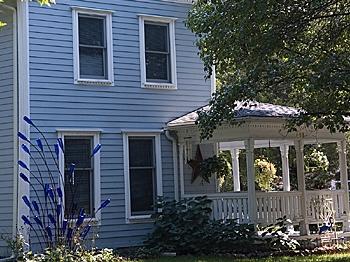
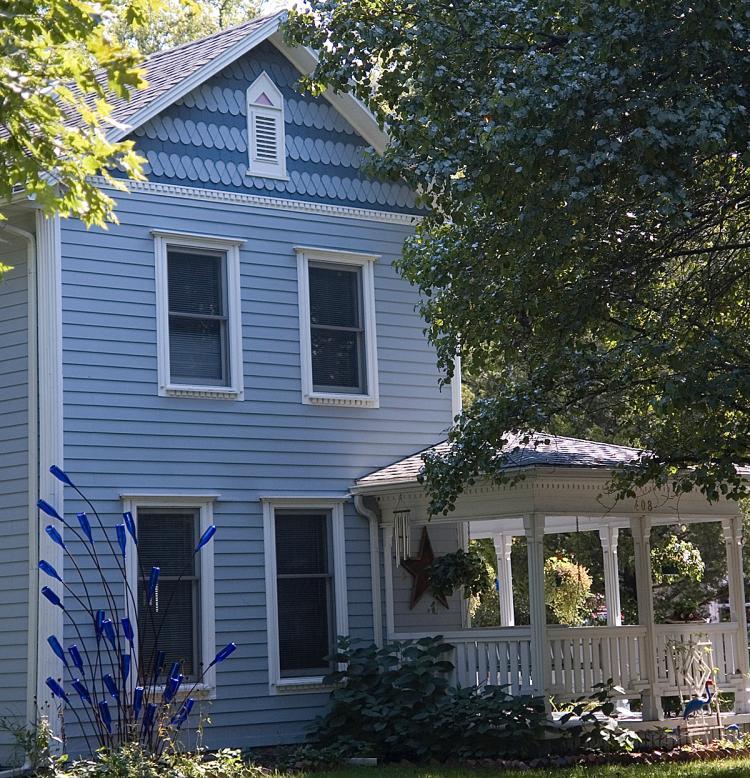
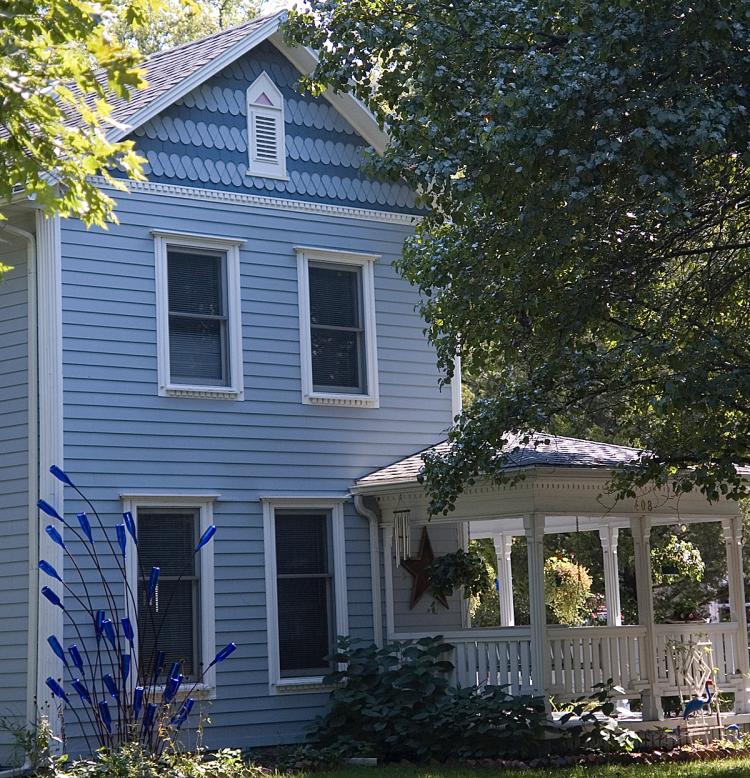
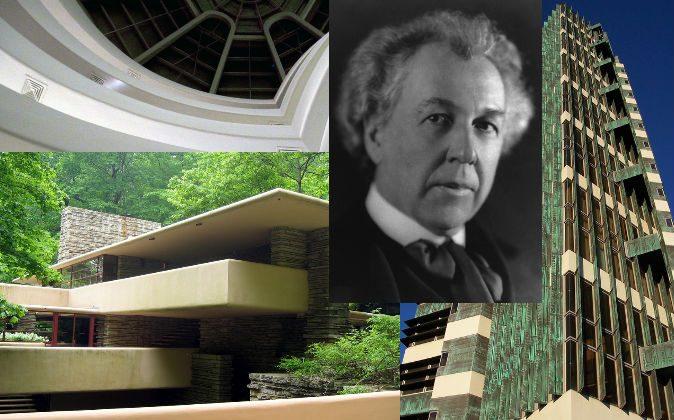
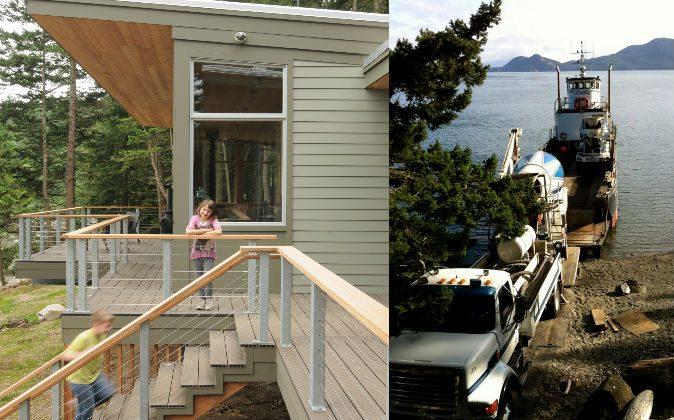


Friends Read Free